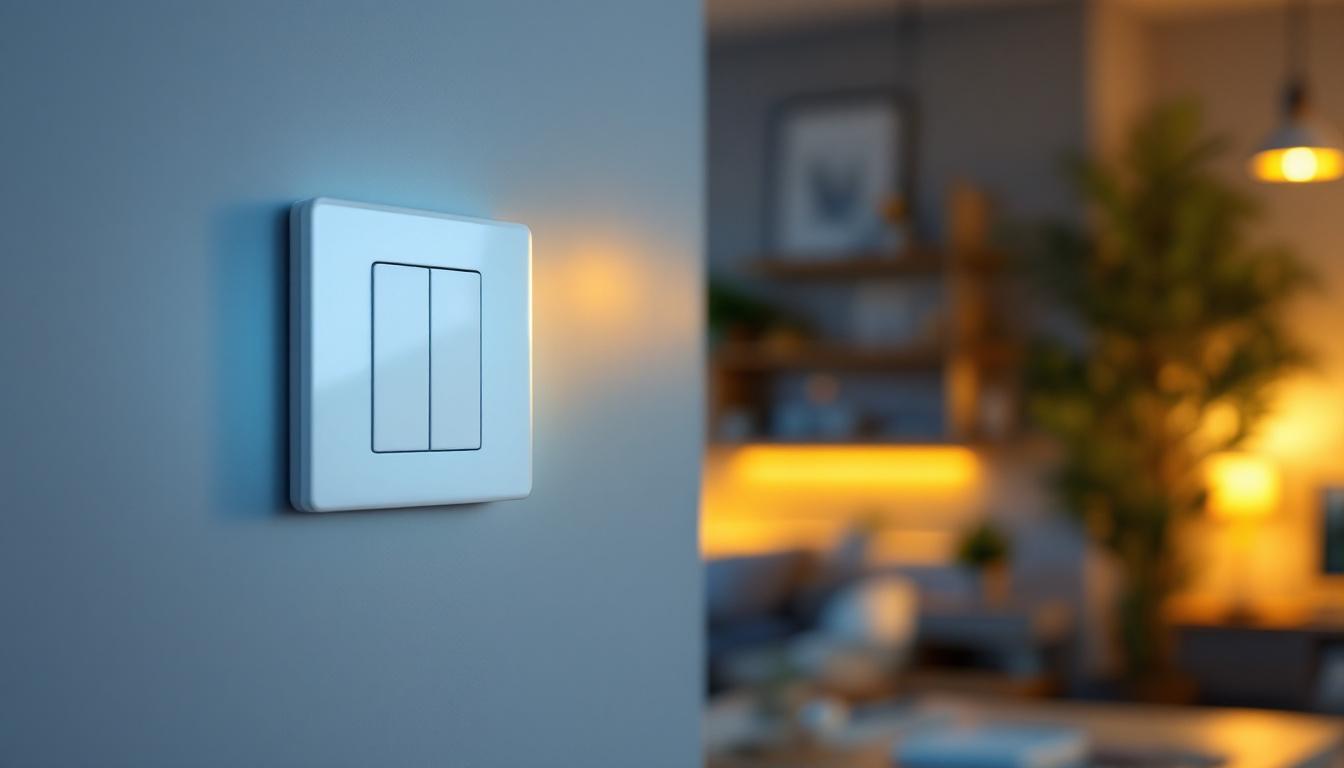
As the demand for energy-efficient and aesthetically pleasing lighting solutions continues to rise, the role of lighting contractors has evolved significantly. Clients today are not just looking for basic installation services; they expect a comprehensive understanding of the latest technologies, design principles, and sustainability practices. One of the most exciting developments in the lighting industry is the use of LED technology, particularly in creating stunning visual displays known as “walls of LED.” This article explores what clients expect lighting contractors to know about this innovative lighting solution.
LED (Light Emitting Diode) technology has revolutionized the lighting industry. Unlike traditional incandescent or fluorescent lights, LEDs are more energy-efficient, longer-lasting, and versatile. A solid understanding of how LEDs work is fundamental for any lighting contractor aiming to meet client expectations.
LEDs operate by passing an electric current through a semiconductor material, which then emits light. This process is highly efficient, converting a greater percentage of energy into light rather than heat. Contractors should be well-versed in the different types of LEDs available, including SMD (Surface Mount Device), COB (Chip on Board), and RGB (Red, Green, Blue) LEDs, as each type has unique properties and applications. For instance, SMD LEDs are commonly used in applications requiring high brightness and compact size, while COB LEDs are favored for their high lumen output and uniform light distribution, making them ideal for commercial lighting solutions.
Clients often inquire about the benefits of switching to LED lighting. Lighting contractors should be prepared to explain the advantages, such as:
Moreover, the environmental impact of LED lighting is a critical consideration. Unlike traditional bulbs, which contain hazardous materials like mercury, LEDs are free from such substances, making them a safer choice for both consumers and the planet. Additionally, the lower energy consumption associated with LEDs translates to reduced greenhouse gas emissions, contributing to a more sustainable future. As clients become increasingly eco-conscious, highlighting these environmental benefits can be a persuasive factor in their decision-making process.
Furthermore, the versatility of LED technology allows for a wide range of applications beyond general lighting. From architectural lighting that enhances the aesthetic appeal of buildings to smart lighting systems that integrate with home automation, the possibilities are virtually endless. Lighting contractors should familiarize themselves with the latest trends in smart LED technology, such as tunable white lighting, which allows users to adjust the color temperature according to their needs, creating dynamic environments that can enhance mood and productivity.
When it comes to creating a wall of LED, design plays a crucial role. Clients expect contractors to not only install the technology but also to understand how to integrate it seamlessly into the overall aesthetic of a space.
The visual appeal of an LED wall can significantly enhance the atmosphere of a venue, whether it’s a retail store, a corporate office, or an entertainment venue. Contractors should be knowledgeable about how to select the right size, resolution, and color temperature for the LED panels to achieve the desired effect. For instance, a high-resolution display may be essential for close-viewing environments, such as galleries or museums, where intricate details are crucial. Additionally, the color temperature can influence the mood; warmer tones may create a cozy ambiance, while cooler tones can evoke a more modern and sleek feel.
Clients often have specific architectural styles or themes in mind. Lighting contractors must be adept at integrating LED walls into existing structures without compromising the overall design. This might involve custom framing, color matching, or even collaborating with architects and interior designers. Furthermore, understanding the spatial dynamics of a room is vital; for example, an LED wall placed in a narrow corridor might require a different approach than one in a wide-open lobby. The interplay of light and shadow, as well as the wall’s positioning in relation to natural light sources, can all impact how the LED display is perceived. Thoughtful placement can enhance visibility and engagement, drawing attention to key features of the space while ensuring that the technology feels like a natural extension of the environment.
Beyond design, clients expect contractors to possess a high level of technical knowledge regarding the installation and maintenance of LED walls. This includes understanding the electrical requirements, mounting options, and control systems.
LED walls require specific electrical configurations to function correctly. Contractors must be familiar with the power supply needs, including voltage and amperage, to ensure safe and efficient operation. Additionally, understanding how to calculate load requirements is essential for preventing electrical issues down the line.
The installation of an LED wall involves careful planning and execution. Contractors should be prepared to assess the structural integrity of the wall or surface where the LED panels will be mounted. This includes ensuring that the mounting hardware is suitable for the weight and size of the panels, as well as considering factors like ventilation and accessibility for maintenance.
Modern LED walls often come equipped with advanced control systems that allow for dynamic content display. Clients expect contractors to have a solid grasp of these systems and how to integrate them into the overall lighting setup.
There are various control systems available for LED walls, ranging from simple remote controls to sophisticated software that allows for real-time content changes. Contractors should be knowledgeable about the different options and be able to recommend the best solution based on the client’s needs.
Clients may want to display a variety of content, from advertisements to artistic visuals. Understanding how to program and manage this content is crucial. Contractors should be able to guide clients on best practices for content creation and scheduling, ensuring that the LED wall remains engaging and relevant.
Once an LED wall is installed, clients expect ongoing support and maintenance. Lighting contractors should be prepared to offer comprehensive service packages that cover everything from routine inspections to emergency repairs.
Regular maintenance is essential to keep an LED wall functioning optimally. Contractors should establish a maintenance schedule that includes cleaning the panels, checking electrical connections, and updating software as needed. Educating clients on the importance of maintenance will foster trust and long-term relationships.
Clients may encounter issues such as flickering lights, color inconsistencies, or complete failures. Contractors should be equipped to troubleshoot these problems quickly and efficiently. Familiarity with common issues and their solutions will enhance the contractor’s reputation and client satisfaction.
In today’s environmentally conscious market, clients are increasingly concerned about sustainability. Lighting contractors should be knowledgeable about the energy efficiency of LED technology and how it contributes to a greener future.
One of the most compelling arguments for LED technology is its low energy consumption. Contractors should be able to provide clients with data on potential energy savings compared to traditional lighting options. This information can be pivotal in convincing clients to invest in LED solutions.
As LED technology advances, so does the need for responsible disposal and recycling practices. Contractors should inform clients about the proper ways to dispose of old lighting products and the importance of recycling to minimize environmental impact.
Effective communication is key to meeting client expectations. Lighting contractors should prioritize educating clients about LED technology, installation processes, and maintenance requirements.
Clients appreciate transparency regarding project timelines, costs, and potential challenges. Keeping clients informed throughout the process fosters trust and ensures that expectations are aligned. Regular updates and open lines of communication are essential.
Providing clients with educational resources, such as brochures, videos, or workshops, can enhance their understanding of LED technology. This not only empowers clients but also positions the contractor as a knowledgeable expert in the field.
The lighting industry is constantly evolving, with new technologies and design trends emerging regularly. Contractors must stay informed about these changes to meet client expectations effectively.
Participating in industry conferences, workshops, and training sessions can help contractors stay abreast of the latest developments in LED technology and lighting design. Continuous learning is essential for maintaining a competitive edge in the market.
Building relationships with other professionals in the lighting industry, such as manufacturers, designers, and architects, can provide valuable insights and opportunities for collaboration. Networking can also lead to referrals and new business opportunities.
The expectations of clients regarding LED walls and lighting solutions are higher than ever. Lighting contractors must possess a comprehensive understanding of LED technology, design principles, technical installation, and ongoing maintenance. By prioritizing client education, effective communication, and staying current with industry trends, contractors can ensure they meet and exceed client expectations in this dynamic and evolving field.
Ready to elevate your lighting installations with the cutting-edge LED technology and design expertise that clients demand? Look no further than LumenWholesale for all your lighting needs. Our spec-grade lighting products not only meet the highest industry standards but also come at unbeatable wholesale prices. Say goodbye to inflated markups and hello to premium lighting with the convenience of free shipping on bulk orders. Don’t compromise on quality or value; choose LumenWholesale for the perfect blend of affordability and performance. Visit us today at Wholesale Lighting at the Best Value and light up your projects with confidence.

Discover why T5 LED fixtures are a game-changer for lighting contractors.

Discover the top challenges lighting contractors face with wall switch plate covers, from installation hurdles to design compatibility.

Explore the transformative journey of T8 fixtures in the lighting industry, highlighting their technological advancements, energy efficiency, and impact on modern illumination solutions.

Discover the top benefits of using a three-way LED dimmer switch for lighting contractors.